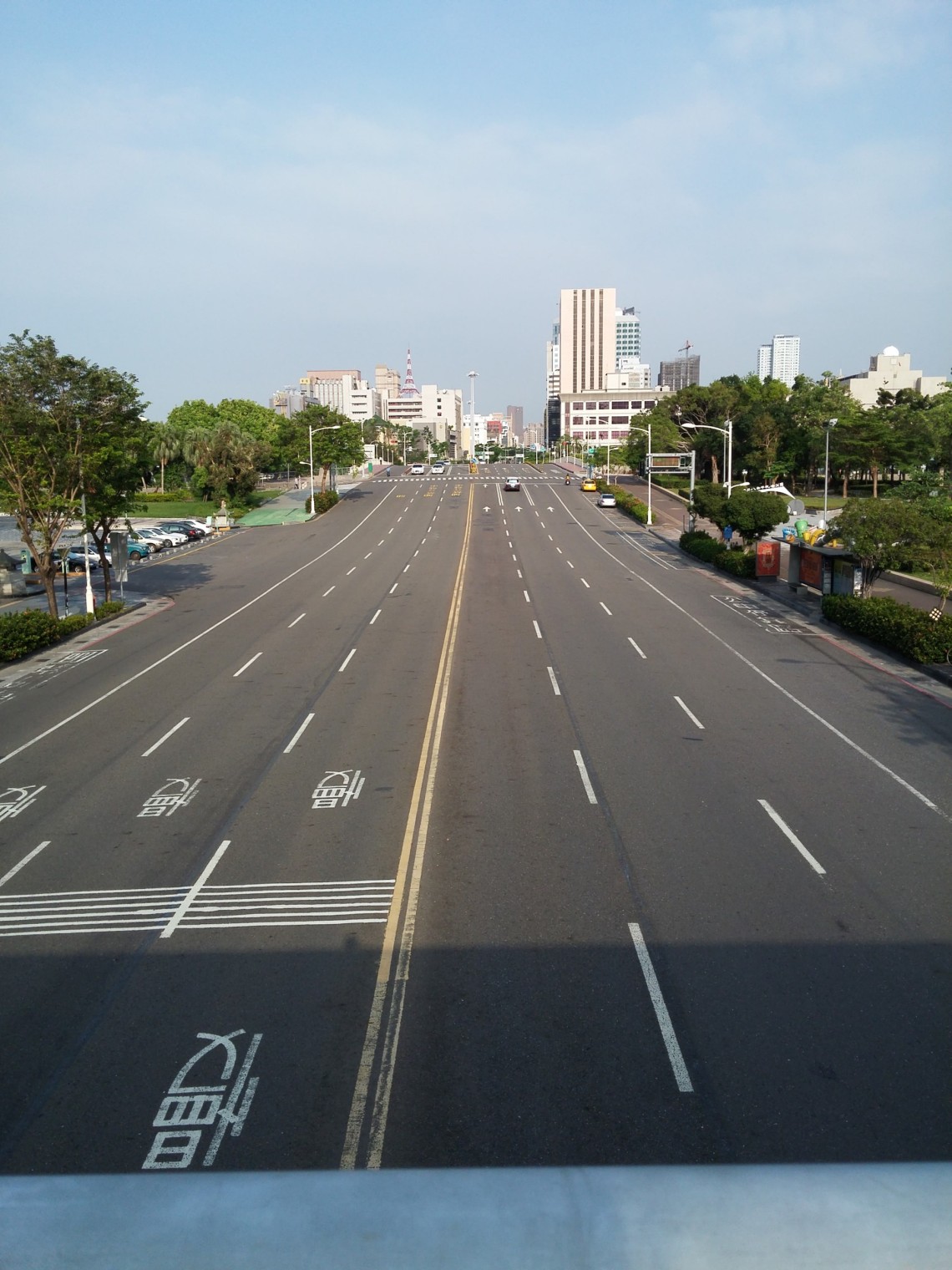Kaohsiung yesterday and today 昨天今天的高雄
Taiwan has had quite a turbulent past in a relatively short period of time, starting from the Dutch and Spanish invasion in the 1620’s, to Qing Dynasty and Japanese rule, to modern day debate over its independence status or not. During my recent trip to Kaohsiung, I’ve discovered quite a lot about this city and the country in general. That is why the Chinese has a saying “it is better to walk 10,000 miles than to read 10,000 books”.
打從荷蘭和西班牙在1620年代入侵,然後由清帝國到日本統治,至今日她在國際地位的爭論,台灣在這短短四百多年真的經歷了很多變化。最近我到高雄旅行,對這個城市及整個台灣加深了不少認識。正所為讀萬卷書不如行萬里路,真是很對噢。
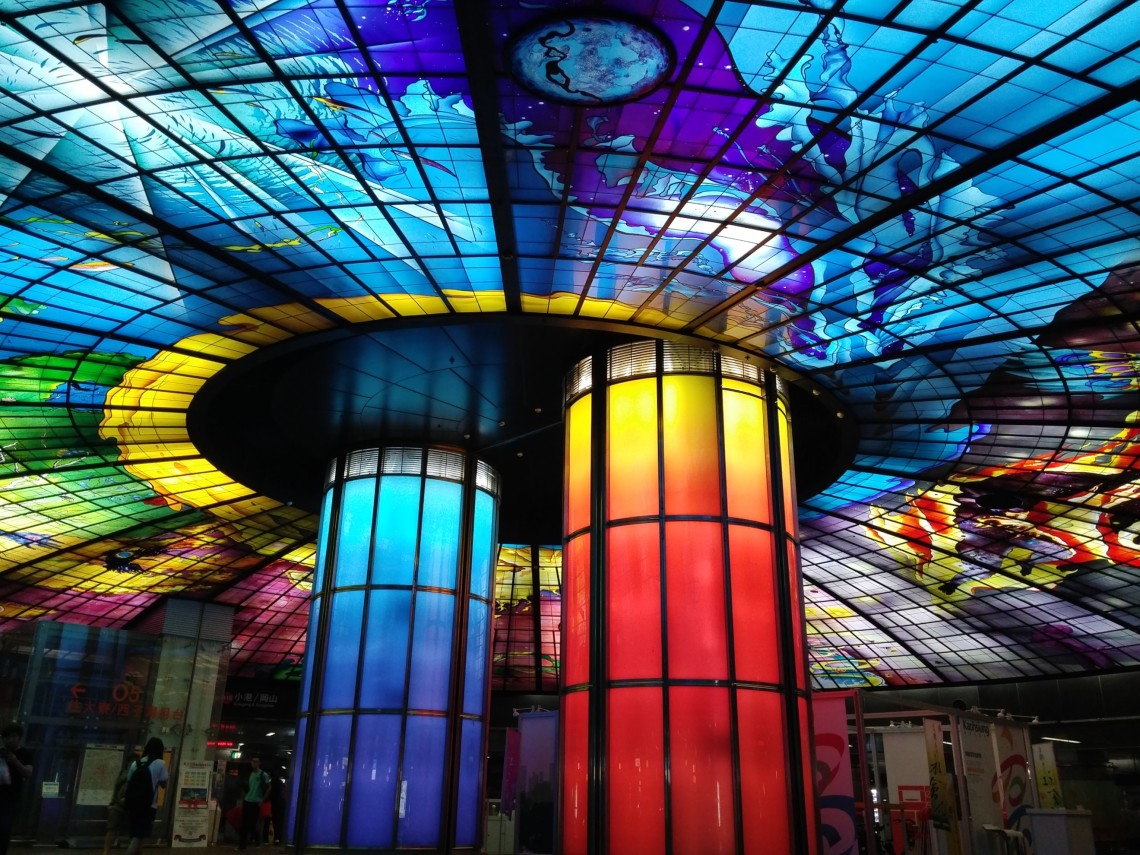
Formosa Boulevard MRT station
Kaohsiung is located at the south west of Taiwan along the coast, so most places we went to was centered around the coastline. Our first stop was Cijin. It used to be a peninsula until the government decided to develop a second port in 1967, thereby severing it from the mainland and making it a 11km long 20m wide island. In 1720, the Qing Empire built a fort on the island, followed by a lighthouse a century later. In both cases, British engineers were involved in the planning, a sign of Britain’s early relationship with the region. Unfortunately, during our visit the lighthouse was closed due to trees being uprooted by the typhoon the previous month. In typical Taiwanese bureaucracy mentality, instead of clearing the damage promptly and making it safe for visitors the authorities decided to close the site all together. Eventually, we lingered around the fort for a while, embracing the early autumn ocean breeze whilst waiting for the sunset. Yes, again 🙂 !
高雄位於台灣西南沿海,這次我們主要去的地方都是沿著海岸線。旗津是我們的第一站。它曾經是一個半島,直到1967年政府決定開發第二個港口,就把它跟本島截斷,從而變成為一個11公里長20米寬的窄長小島。早在1720年,清政府已在島上興建了一座炮臺,一百多年後再興建一座燈塔。英國工程師都有參與這兩項工程的規劃,可見英國很早已跟這地方有很密切的關係。可惜我們到訪那天,燈塔並沒有開放,因為樹木被之前一個月的颱風吹至連根拔起,造成危險。在典型的台灣官僚作風下,當局不是立即清理現場,反而是決定關閉場地讓到訪客人失望而回。結果,我們在炮臺周圍待了一會兒,享受後海洋吹來的初秋微風,等待日落。對呀,我們又看日落 🙂 !
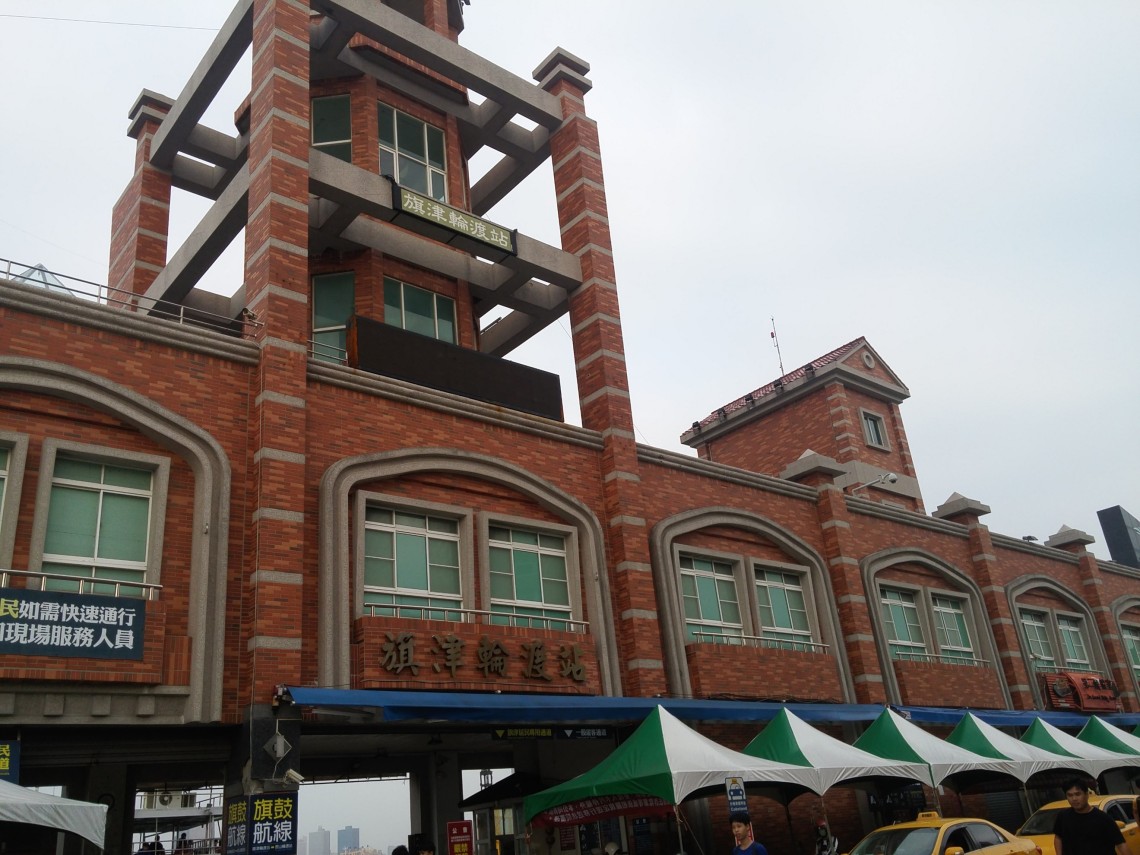
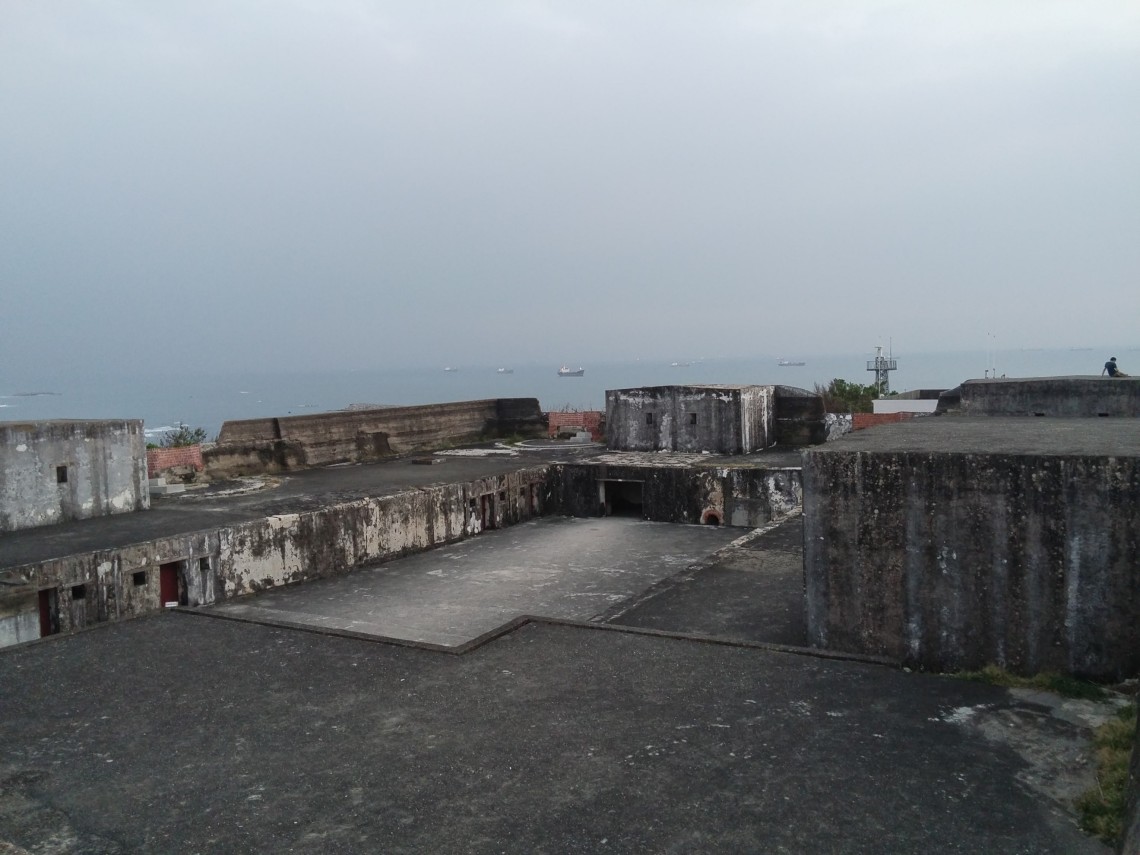
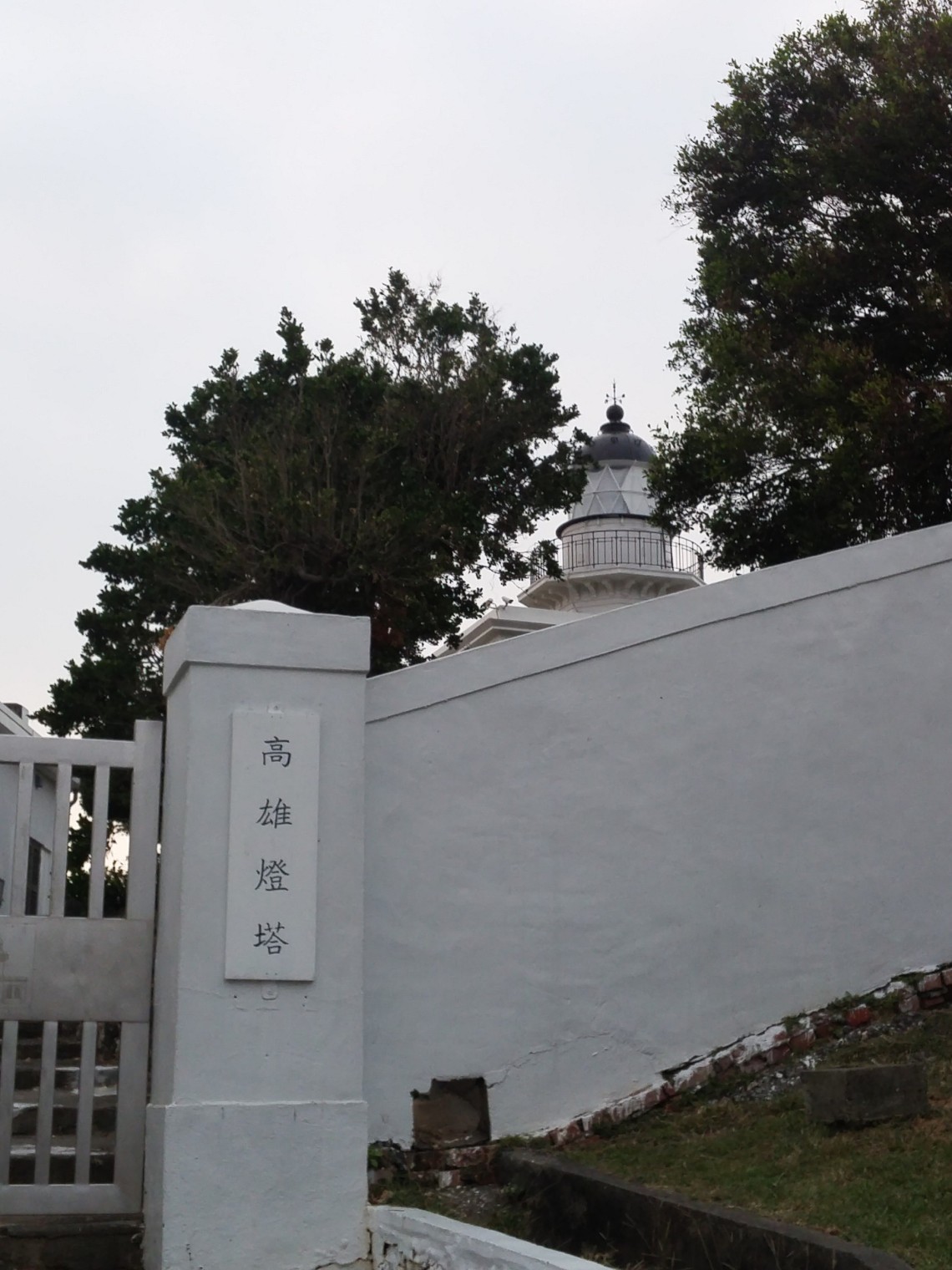
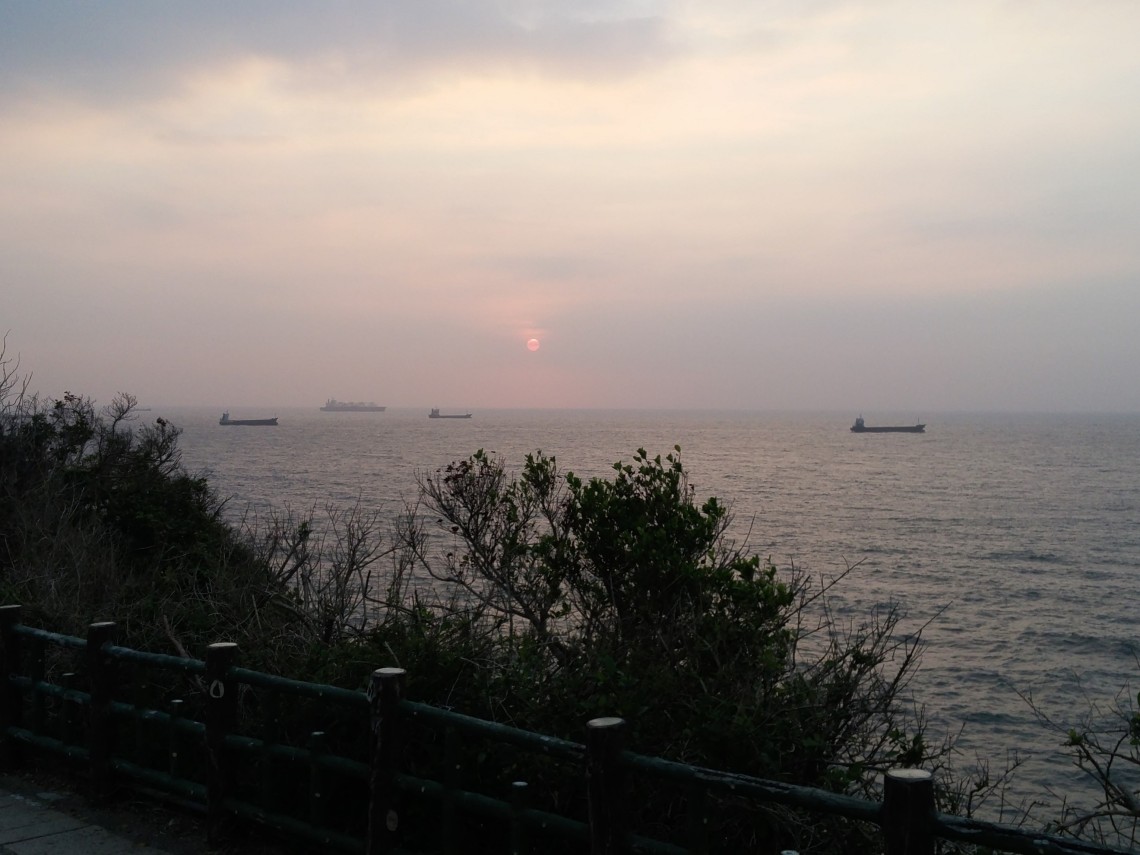
Before we left Cijin, we stopped by a temple that is over 330 years old, the Tinhou Gong. In typical Taiwanese fashion, the temple has been blinged up, I’m told this makes it less boring and attracts more worshippers.
離開旗津之前,我們到天后官參觀。這座媽祖廟已有超過三百三十年歷史,跟一般台灣廟宇一樣金碧輝煌。聽說這樣就不會讓大家感到廟宇太沉悶,可吸引多些參拜者。
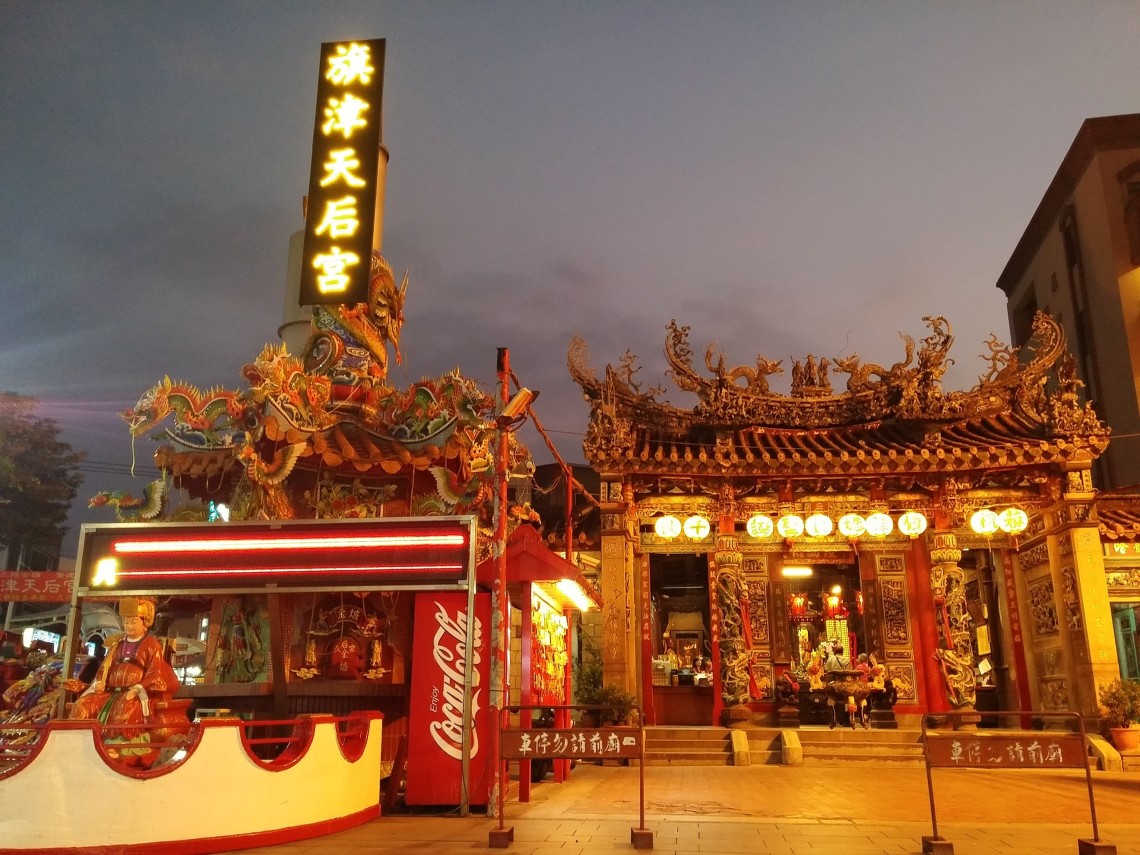
Being a Brit at heart, my visit to Kaohsiung would not be complete unless I visited the first British Consulate established in Taiwan. In the early days, Kaohsiung was known as Takow which is believed to originate from the aboriginals who lived there. In Chinese, Takow means “beat the dog” so many Chinese find it rather amusing as to why you beat up a dog at the British Consulate!
英國心的我到高雄當然要到著名的打狗英國領事館看看。早期的高雄被稱為打狗,據說是當地原住民土話,跟中文意思打狗完全沒關係。所以很多不知道的人也㑹很奇怪為什麼英國人會在領事館裡打狗呢!
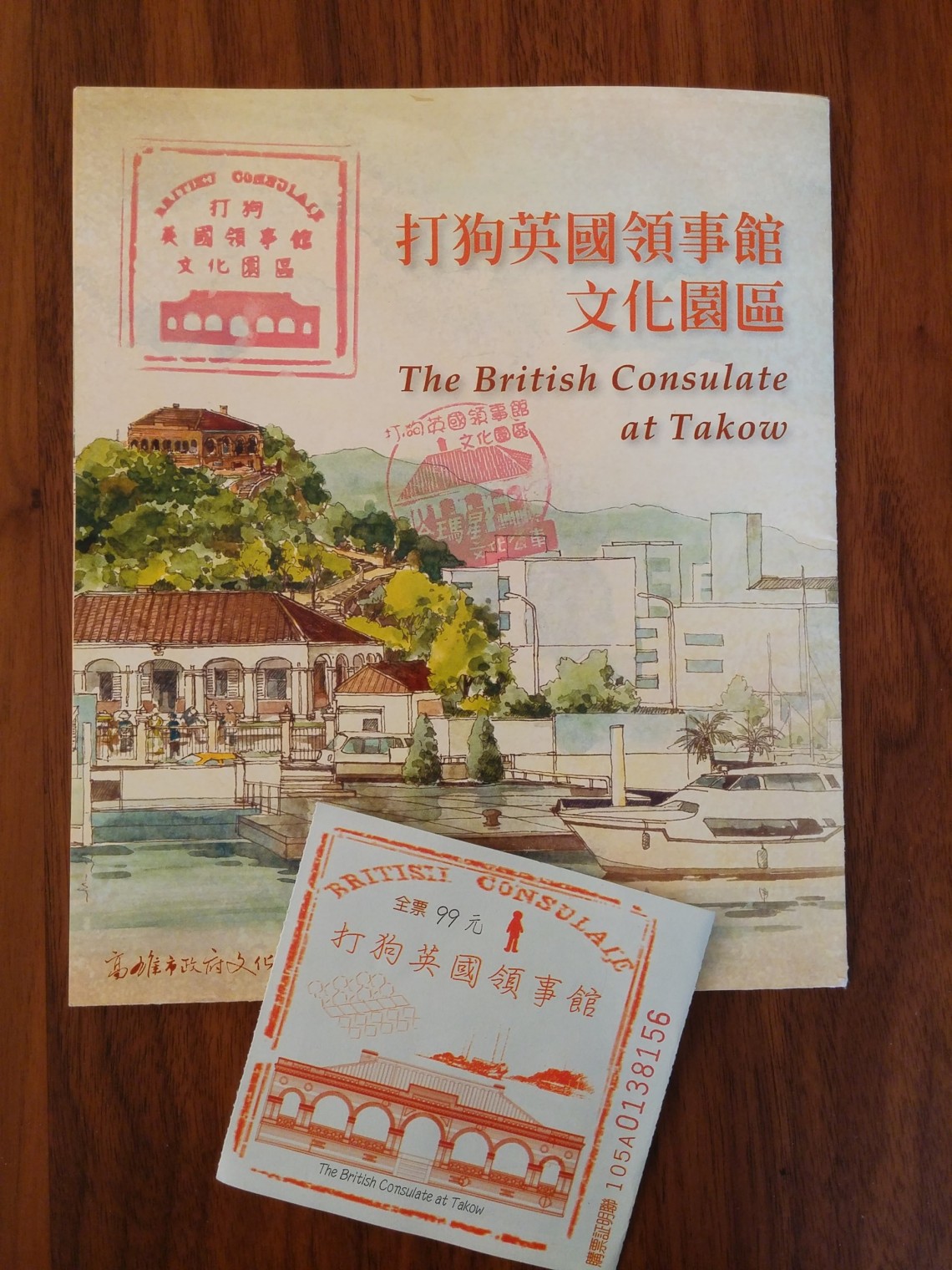
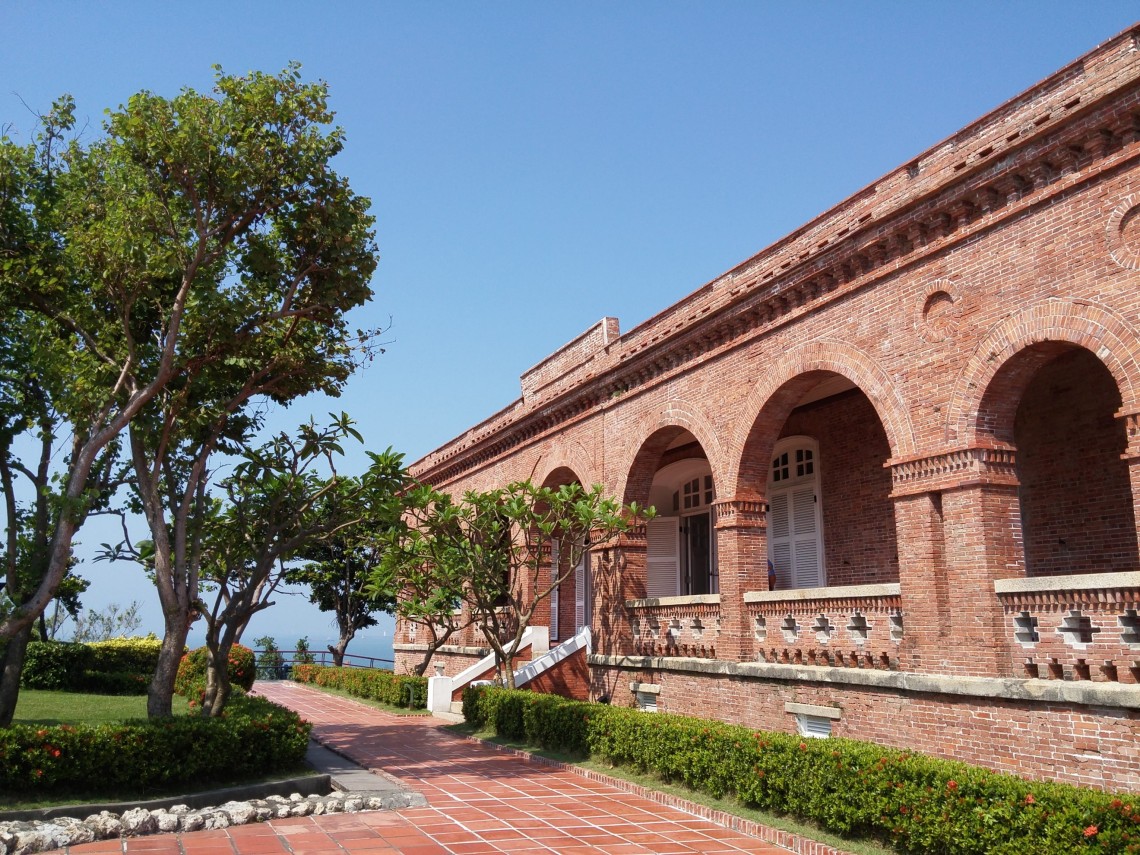
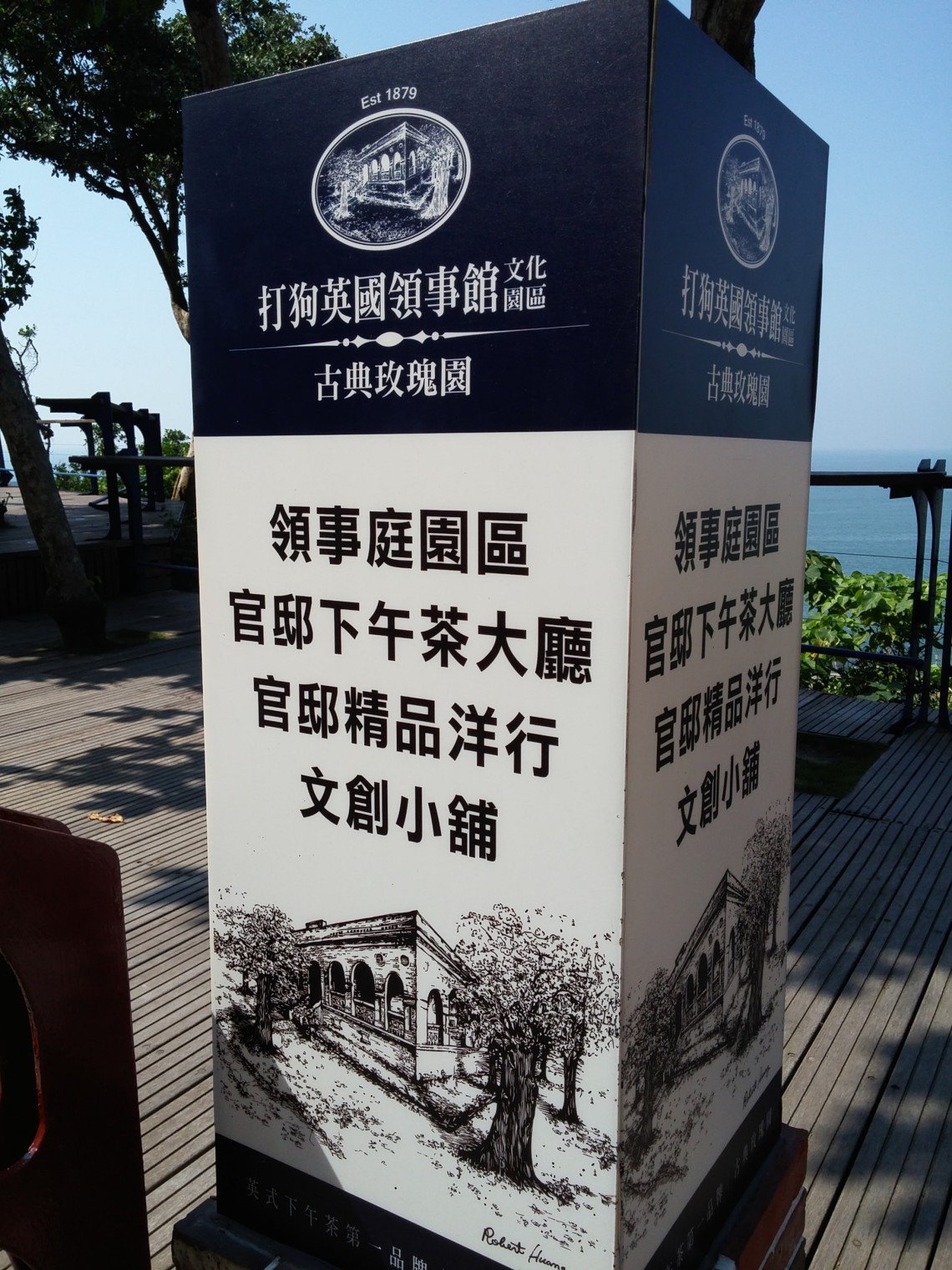
Taiwan has a strong preservation culture both in terms of buildings and history. Kaohsiung in particular has a lot that it feels needs to be remembered, for example the 228 incident. In a nutshell this was an uprise against the corrupted government that resulted in tens of thousands of people across Taiwan being killed. In early March 1947 there was a round of brutal killings in Kaohsiung resulting in many deaths, to date this still leaves a bitter and deep scar for many locals. This was a taboo subject in Taiwan for many years until the government apologized for their actions in 1995. The Kaohsiung 228 Monument commemorates those who lost their lives during the incident.
台灣人很著重保存過往的歷史及建築物。尤其在高雄有很多她覺得有需要讓後人知道的過去,如二二八事件。簡單來說,這是 一場因人民對當時腐敗政府的不滿,而引發後來有數十萬人受難的事件。在一九四七年三月初,高雄大屠殺中有多人遇害。這場事件至今仍在很多當地人心中留下一度極其傷痛的疤痕。多年來政府都極少甚至禁止提及這事件,直到一九九五年才正式為事件及死難者道歉。高雄市二二八和平紀念公園就是為紀念事件中死亡人士興建的。
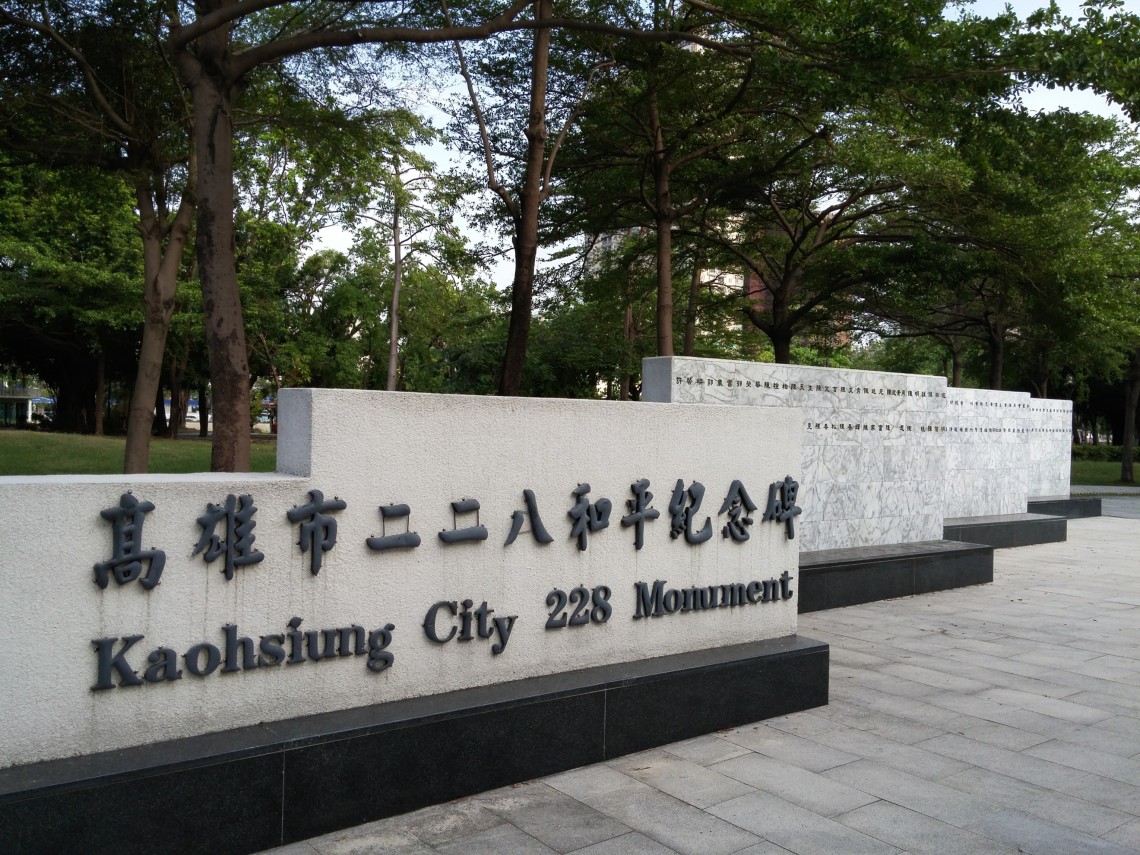
Our coffee stop during our trip was in a building that used to be an exclusive Japanese restaurant with Geisha performance back in the 1920s. A few years ago, the building was nearly knocked down by the government until a group of locals stepped in to save it. Outside the café hangs another piece of Takow’s history. After the 228 incident, Taiwan entered a long period of White Terror (martial law). The gentlemen on the left in the photo was one of the many who were executed during this period. The photo was donated by his granddaughter, but nobody knows who the other people in the photo are, who was standing in the centre, and why he/she was torn out…
在高雄我們的咖啡中途站位處一幢有百多年老的舊房子裏。從前,它是日治繁榮時期一間有藝伎表演的豪華日式料亭。幾年前政府準備重建社區,幸好一群熱心市民爭取保留房子。現在它已變身成為一間充滿歷史及文化特色的咖啡店,而門外也掛上一點點打狗歷史。二二八事件後台灣進入一段很長的白色恐怖時期。相片中靠左的男士是在當時白色恐怖下其中一位不幸被殺的人。相片是其孫女提供,但沒有人知道其他的相中人是誰,特別是中間站著何人,為什麼要從照片撕掉他/她…

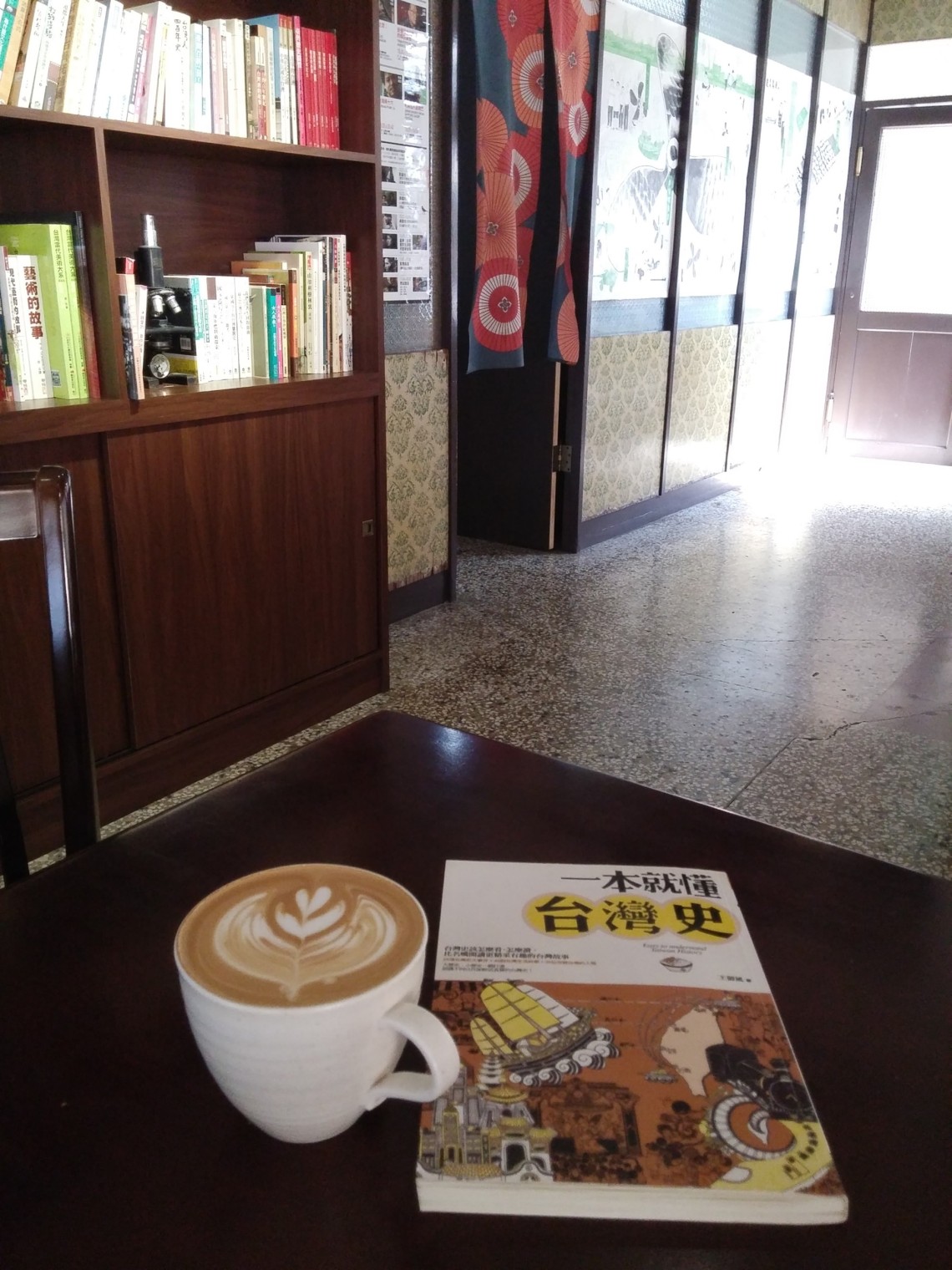
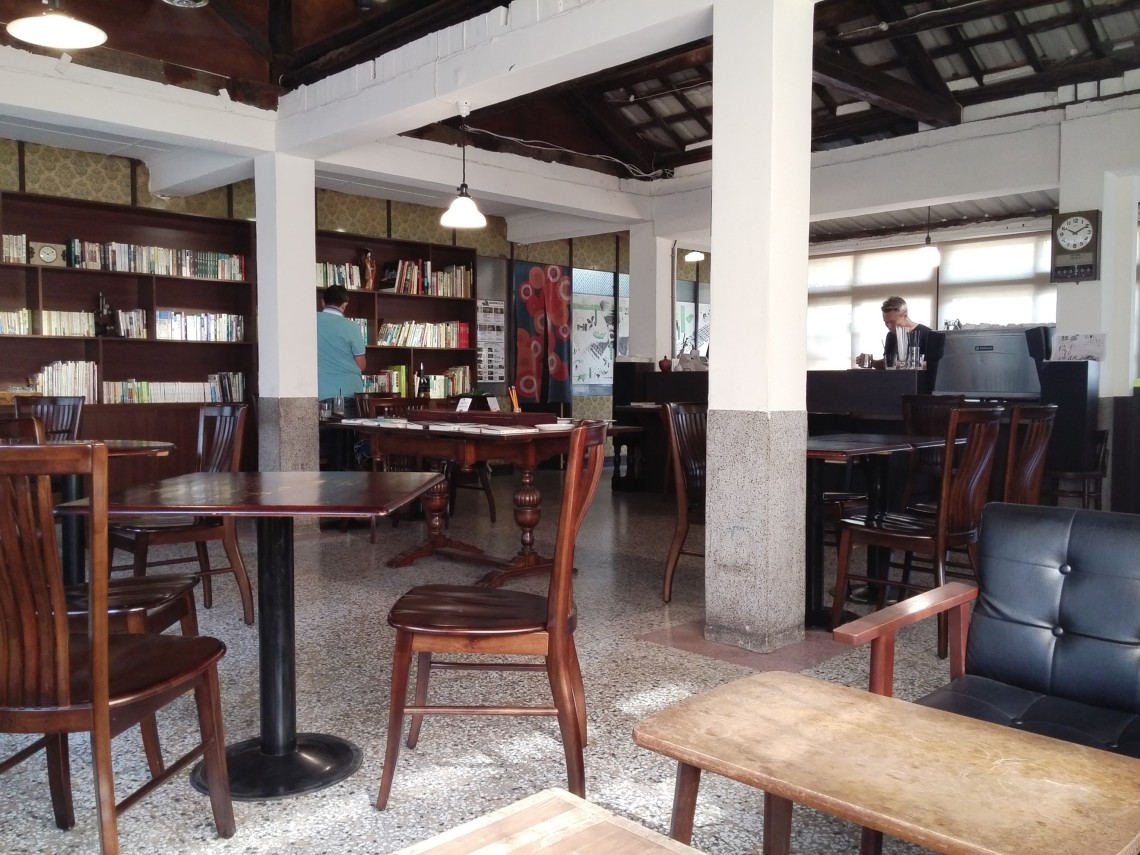
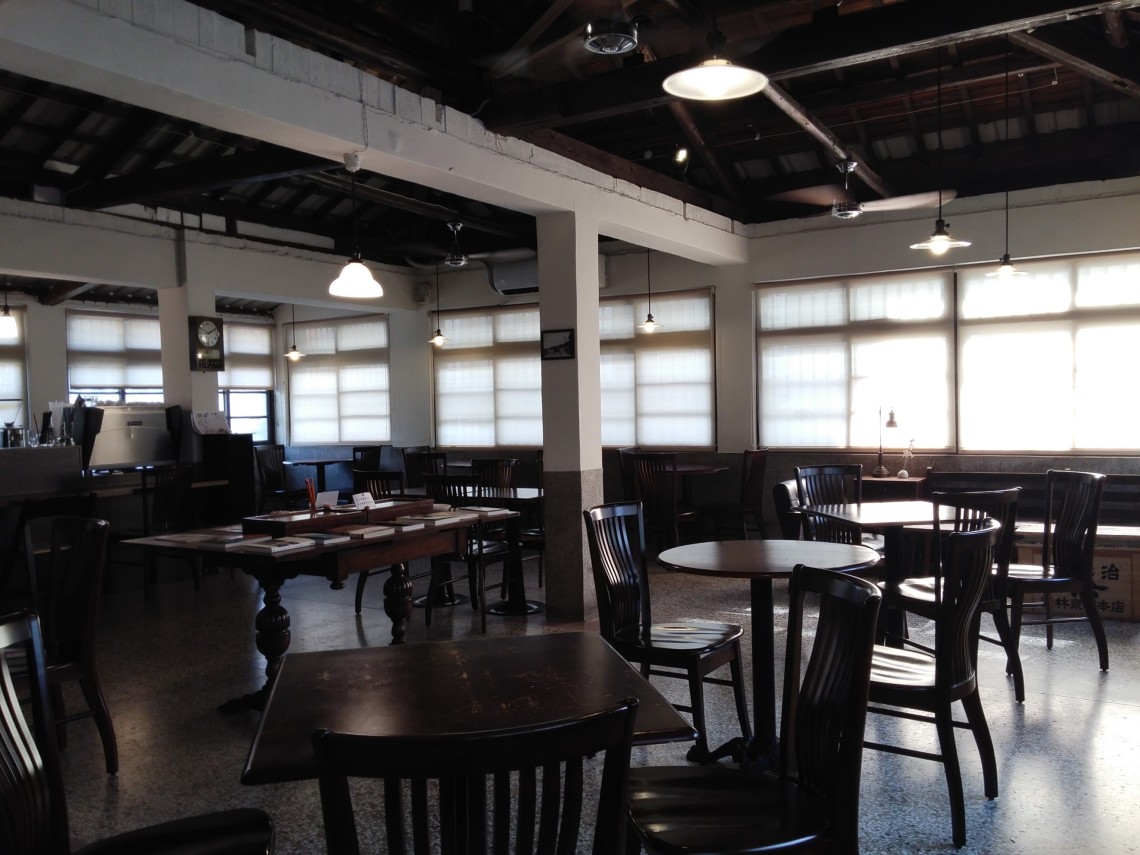
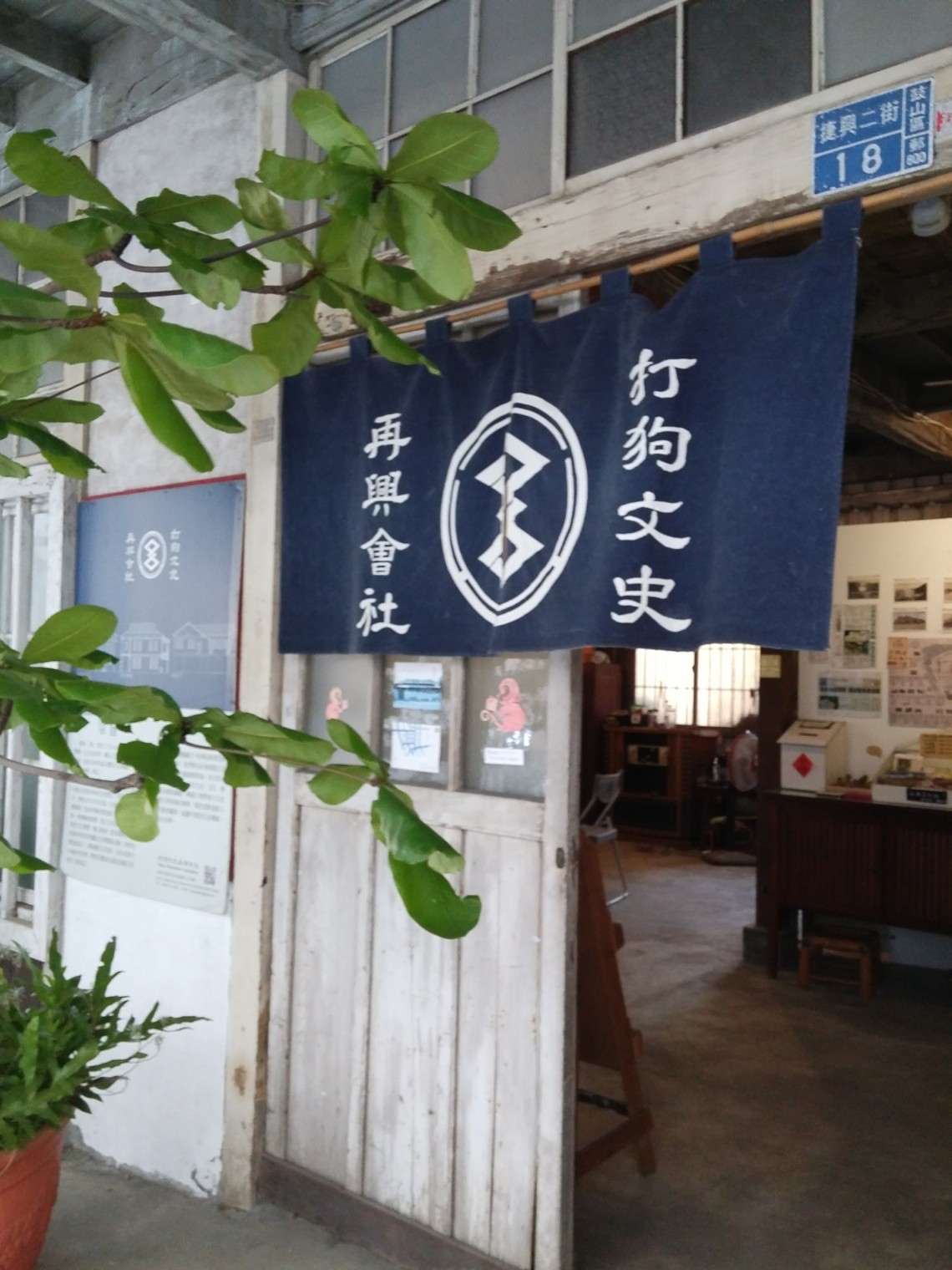
Whilst this wasn’t intended to be an educational trip, I was very glad to learn more about the history of this city. I felt that Kaohsiung embraces its history in an impartial manner and it doesn’t distort history to make itself a martyr or victim. It remembers the history, but doesn’t hold on to the past. Instead, it moves forward to develop itself into the second largest city in Taiwan today.
雖然這次並不是一個學習旅程,但我很高興能夠對高雄這個城市加深了解。我覺得高雄很正視自己的歷史,但不會為了把自己塑造成為烈士或受害者而歪曲事實。她懷念歷史但不會停留在過去的日子。相反,她積極向前看,發展成為今天台灣第二大城市。
